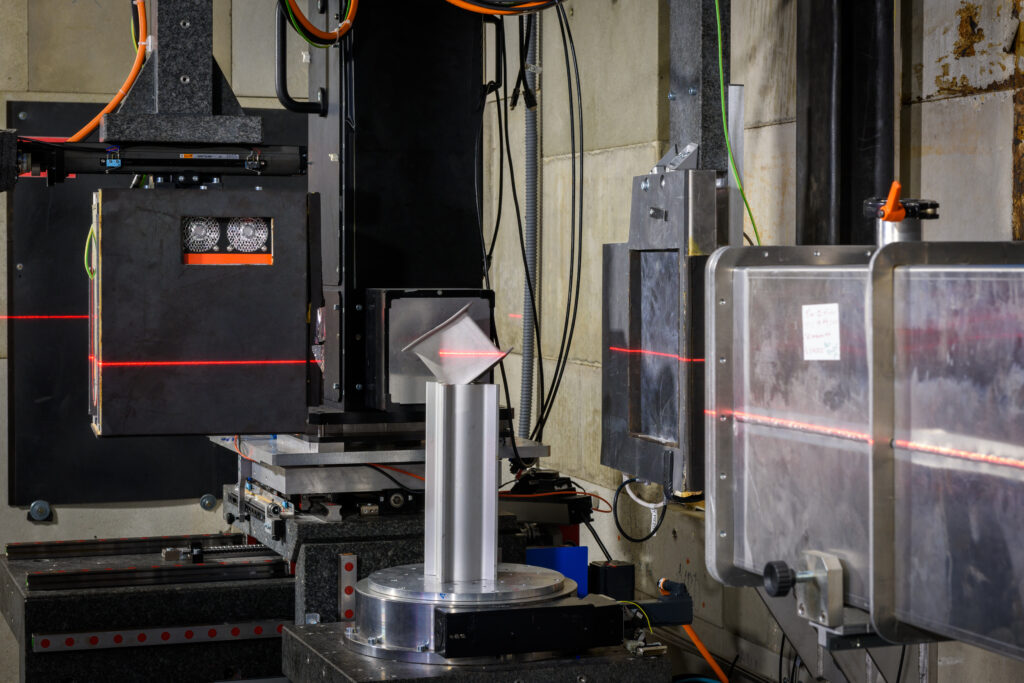Below we present the experience shared by Amir Reza Zekavat (ZAG Slovenia) from his stay at the Institut Laue–Langevin (ILL) as part of the NEPHEWS Twinning Programme. His visit highlights how international collaboration can spark new research directions, expand scientific perspectives, and strengthen ties across institutions.

Amir Reza Zekavat
Over the past weeks, I had the opportunity to reflect on a truly enriching experience at the Institut Laue–Langevin (ILL), made possible through the NEPHEWS Twinning programme.
From the 7th to the 14th of October, I was hosted mainly at PorTo, while also getting familiarized with NeXT and MoTo. “As an X-ray imaging researcher, I was more interested in combining X-ray and Neutron imaging (NeXT). However, I ended up participating in an experiment at PorTo.” This unexpected shift became a valuable part of the learning journey.

The path to ILL began smoothly. “I got an email through my manager (Dr. Lucia Mancini) regarding the NEPHEWS programme. I showed interest and applied for it, and I got the chance to be at ILL. At ILL, Dr. Anna Federigo was assigned as my contact person. The other researchers (Bratislav Lukic, Alessandro Tengattini and Jiazhou Shen) from the mentioned beamlines were also very nice and welcoming and spent time sharing their knowledge and experience with me.”
During my stay, I had the chance to take part in the experiment “Morphology evolution of rechargeable lithium-sulfur full battery with in-situ Neutron and X-ray tomography” – a project that allowed me to deepen both my technical insights and interdisciplinary perspective.
The experience proved transformative. “The main highlight of my stay was gaining familiarity with Neutron Imaging, exploring both its challenges and possibilities. At my institution, the Zavod za gradbeništvo (ZAG), we work across a broad spectrum of fields, including construction materials, geomaterials, cultural heritage, material recycling, and battery development. Neutron imaging, as a complementary technique to X-ray imaging, provides our researchers with powerful tools to conduct in-depth investigations in these areas. I am therefore eager to promote this technique within my institute, encouraging its potential application in future research. As a next step, I plan to prepare a proposal for beam time dedicated to Neutron imaging of zinc-based batteries.”
Experiences like this show how much can be achieved when institutions collaborate, share expertise, and create pathways for researchers to grow.
“Finally, once again, I would like to thank the NEPHEWS project for providing me with such a great opportunity.”